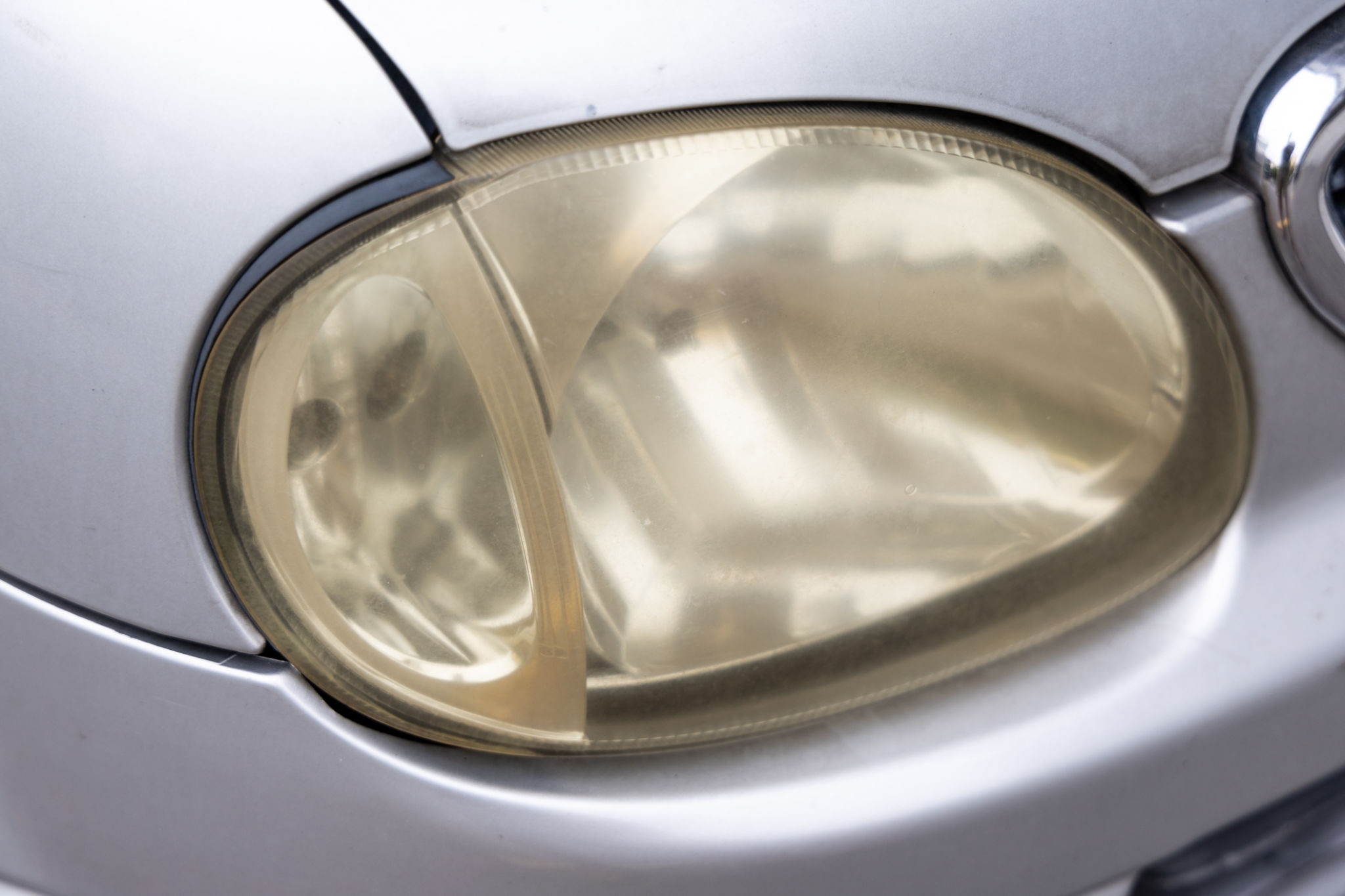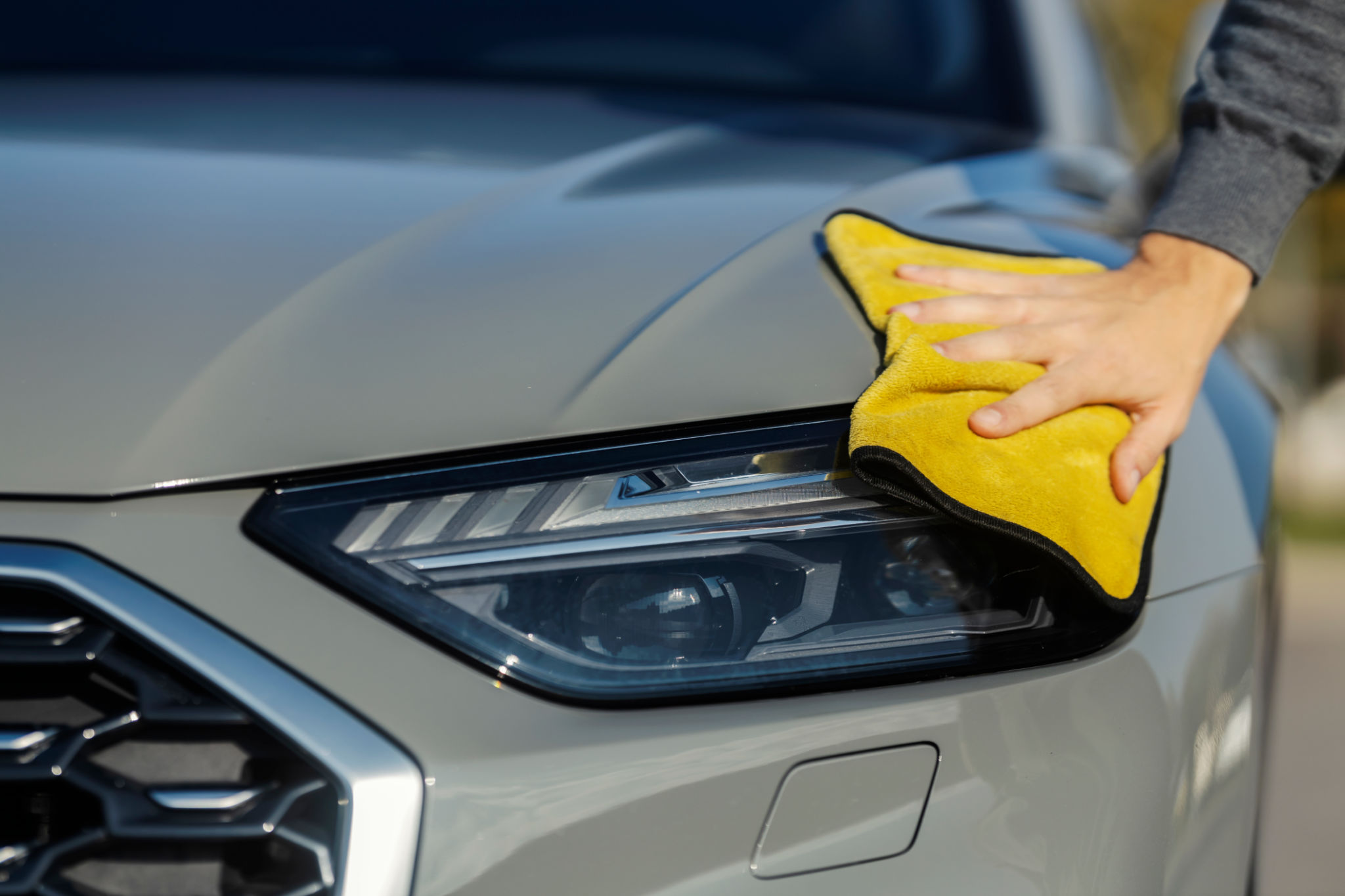DIY Headlight Restoration: Tips and Tricks for Connecticut Drivers
Understanding Headlight Cloudiness
Driving in Connecticut, with its unpredictable weather and scenic rural roads, requires optimal visibility at all times. Unfortunately, over time, the headlights of your vehicle can become cloudy or yellowed due to oxidation, leading to reduced visibility and increased driving hazards. Many drivers are unaware of how simple it can be to restore headlights to their original clarity. With a few DIY tips and tricks, you can improve your nighttime driving safety and enhance your vehicle's appearance.

Why Do Headlights Become Cloudy?
Headlights often become cloudy due to exposure to UV rays from the sun, road debris, and harsh weather conditions. The polycarbonate material used in most headlights is durable but susceptible to oxidation over time. This oxidation leads to a cloudy or yellowed appearance, which can significantly affect the light output.
DIY Headlight Restoration Methods
Restoring headlights doesn’t always require a professional service. With some common household items, you can achieve impressive results on your own. Here are a few tried-and-tested methods:
- Toothpaste Method: Apply a generous amount of regular toothpaste with baking soda onto a soft cloth and rub it in circular motions over the headlight surface. Rinse with water and dry with a clean cloth.
- Baking Soda and Vinegar: Create a paste using baking soda and white vinegar. Apply the paste to the headlights using a sponge or cloth, scrub gently, rinse thoroughly, and dry.
- Headlight Restoration Kits: Available at most automotive stores, these kits often come with sandpaper, polish, and protective sealant for long-lasting results.
Step-by-Step Guide for Best Results
For those opting for a more comprehensive approach, follow these steps for effective headlight restoration:
- Clean: Begin by washing the headlights with soap and water to remove any dirt or grime.
- Sand: Use wet/dry sandpaper starting with a coarse grit (around 600) and gradually move to a finer grit (2000 or higher). Keep the surface wet while sanding to prevent scratches.
- Polish: Apply a headlight polish or compound using a microfiber cloth. Buff the headlights until they regain their clarity.
- Seal: Use a UV-resistant sealant to protect the headlights from future oxidation.

Maintenance Tips for Clear Headlights
Once your headlights have been restored, regular maintenance is crucial to keep them clear. Here are some tips:
- Frequent Cleaning: Clean your headlights every few weeks with soap and water to prevent buildup.
- Avoid Harsh Chemicals: Use non-abrasive cleaners specifically designed for automotive use.
- Regular Polishing: Apply a light polish every few months to maintain clarity.
The Benefits of DIY Restoration
Tackling headlight restoration yourself not only saves money but also provides a sense of accomplishment and ensures you know exactly what products are being used on your vehicle. Additionally, maintaining clear headlights is essential for safe driving, especially on Connecticut’s winding roads where visibility is key.

When to Seek Professional Help
If DIY methods do not yield satisfactory results or if the damage is extensive, it may be time to consult a professional. Professional services can provide more advanced restoration techniques and durable coatings that last longer than most DIY solutions. However, for many drivers, a simple DIY approach is sufficient to keep headlights clear and bright.
In conclusion, maintaining clear headlights is crucial for safe driving in Connecticut. By understanding the reasons behind headlight cloudiness and employing simple DIY methods, you can ensure optimal visibility and safety on the road. Always remember, a little effort goes a long way in enhancing your driving experience.